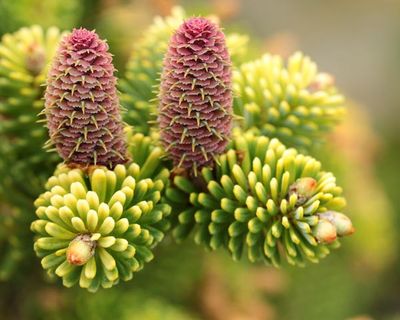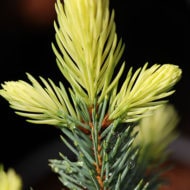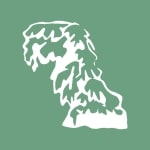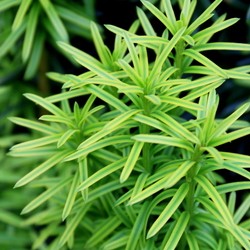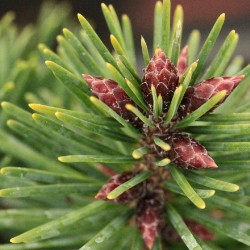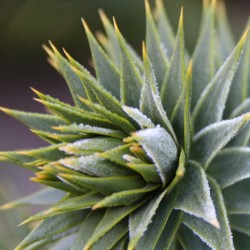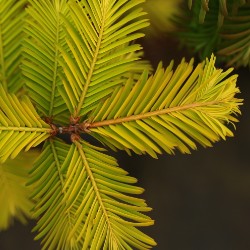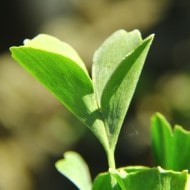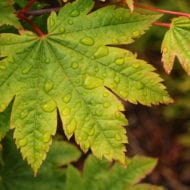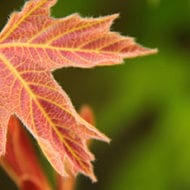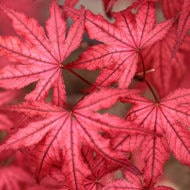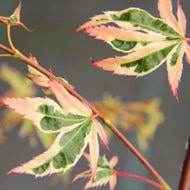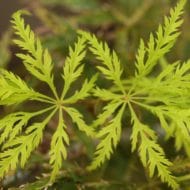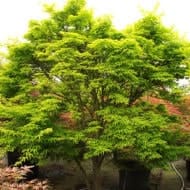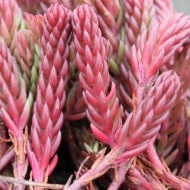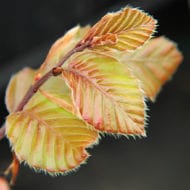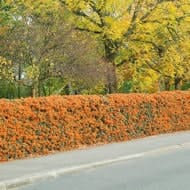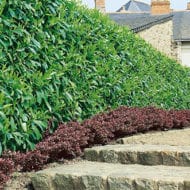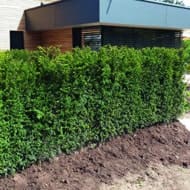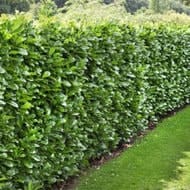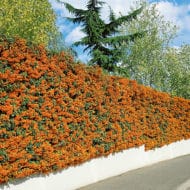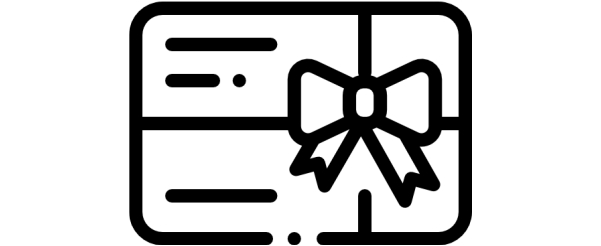FAq
General Questions
What do your plant sizes mean?
We have created a special guide to our plant sizes for your convenience. Don’t hesitate to give us a call or send us an email if you need more information!
Can I visit the Nursery?
Due to the volume of our mail order sales, we are unable to conduct on site sales at this time. You can make an appointment for a self-guided tour by contacting us at 503.874.4123 or [email protected]. You can also make a note in your online order comments that you would like to pick up your plants from the nursery on a weekday between 8 am and 4 pm and someone will reach out to confirm your appointment time. Please note that we cannot take on site orders or make on site edits to orders placed online – you will need to order the plants online and arrange to simply pick them up.
Is there a guarantee on the plants?
Conifer Kingdom only sends the healthiest, most robust plants. To instill buyer confidence, we offer a 45-Day Growing Guarantee.
How should I select my plants?
Select a plant appropriate for you climate based on minimum USDA Hardiness zone as shown on the plant detail page. Most of the Japanese Maples we sell are appropriate for USDA Zones 5-8 (if you are in Zone 4 , purchase Japanese Maples at your own risk). The dwarf conifers we sell have lower limits of hardiness that vary by plant variety.
What does “on firma” mean?
Abies firma is the rootstock used for grafting. This particular species is more disease resistant and more tolerant of warm and humid conditions. Generally, there is a better chance of survivability with the firma understock, and it is more expensive to supply, which is why it costs more. If you live in the southeast or in another region with high humidity during summer heat, we recommend only purchasing firs that are “on firma.”
What is the best time of year for shipping and planting?
Fall is actually the best time to receive plants in the mail. At this time of year, the plants are entering dormancy and are not as prone to damage as in spring while they are actively growing. Additionally, plants have a chance to acclimate and grow new roots in the fall before winter’s cold temperatures and well in advance of the stress of the growing season. That is why October through January is the best for shipping. If you believe temperatures are too cold to plant during this time, you can easily overwinter your plants since they are shipped in containers. For specific information for your climate and the items on your order, send us an email to discuss!
Will you hold my order?
Yes, if conditions are not favorable for shipping, we can typically hold pre-paid plant orders until shipping is appropriate. At checkout, a variety of available ship dates are specified: Just select the date that you prefer. Once payment is collected on the order, we may contact you if we feel the plants would benefit from shipping at a different time.
In what zone do I live?
The USDA keeps an up-to-date hardiness zone map. Check it out!
I’m a non-profit organization, how can I achieve tax exemption on my next order?
To register as tax-exempt, you must email us tax exemption paperwork prior to submitting your order. This will allow our accountants to enter your information in our system so that taxes are not assessed under the associated email address for your tax-exempt account during checkout. Be sure to provide your organization’s name, address, and contact info.
We are currently required to charge sales tax in the following states:
Georgia, Illinois, Kansas, Maryland, Michigan, North Carolina, New Jersey, Ohio, Pennsylvania, Virginia, Washington, & Wisconsin
In what zone is the nursery?
Conifer Kingdom is located in Zone 7b.
Does the zone in which a plant was grown influence its hardiness?
No! There are many factors which influence plant hardiness. If you follow our recommended shipping time, your plants will perform beautifully. The key to plant survival in cold climates (Zones 2-6) is acclimation. Plants can better acclimate to a cold climate during the fall. This allows the plant to adapt to the natural conditions as they are exposed to decreasing temperature and shorter days.
Why buy from us?
We offer an unparalleled selection of dwarf conifers and Japanese Maples. Many varieties are available for shipping in large, mature sizes. We take pride in our selection and we avoid outdated, weak, or otherwise undesirable varieties. Grower direct! We propagate, grow and nurture our own plants. We specialize in grafting and growing plants. We excel at grafting on the most hardy and adaptable rootstocks. Our propagators are seasoned experts.
Do you offer plants larger than #7’s?
Yes, we have sizes through #200 (~200 gallon) containers of some varieties. We have an extensive selection of container grown specimen plants. These are ready to ship. Plants larger than #7’s are typically expensive to ship. Plants larger than #10 may require a forklift or bobcat to unload. Give us a call or send us an email to request a full inventory list! Also, you can learn more about our plant sizes here.
What is the best reference book for Japanese Maples?
We recommend Japanese Maples by J.D. Vertrees, updated by Peter Gregory. Published by Timber Press.
What’s wrong with my maple?
Burnt or curled leaves reflect over or under-watered trees, or too much sun. If your site is well drained, are you over watering? If your site is poorly drained, then you should relocate your tree. Too much afternoon sun can also cause the leaves to burn. While burnt leaves do not look good, they are only seasonal, and if you can identify the problem and make the necessary modifications, the tree will thrive next year.
What resources are available if I have an increased interest in Conifers?
Join the American Conifer Society! Members include avid gardens and intense collectors. Learn more at conifersociety.org
What does “grafted on a standard” mean?
Grafted on a standard means that the tree has been grafted up high to have a lollipop look. The grafted trunk will be tall starting at 12” in height or more.
Where can I find care info on conifers, evergreens, and bonsai?
The American Conifer Society has many helpful articles on caring for your favorite conifers and bonsai specimens. Here are some useful links:
Winter Cold Protection Tips
If you have a tree in a container and are concerned about it getting too cold this winter, here are some tips that should help:
- Place plants growing in containers somewhere protected with fairly consistent temperature. This might include an unheated garage, shed, or cold frame. Alternatively, place it near the house to shield it from cold winds which is the leading cause of damage to trees during extreme cold winter weather events.
- If your tree is already planted in the ground and cannot be moved to a more protected spot, wrap white frost protection cloth or burlap around it.
- Warning! Do not keep trees inside the home where it is heated and dry. This will pose health issues for your tree since it is acclimated to outdoor temperatures and humidity.


